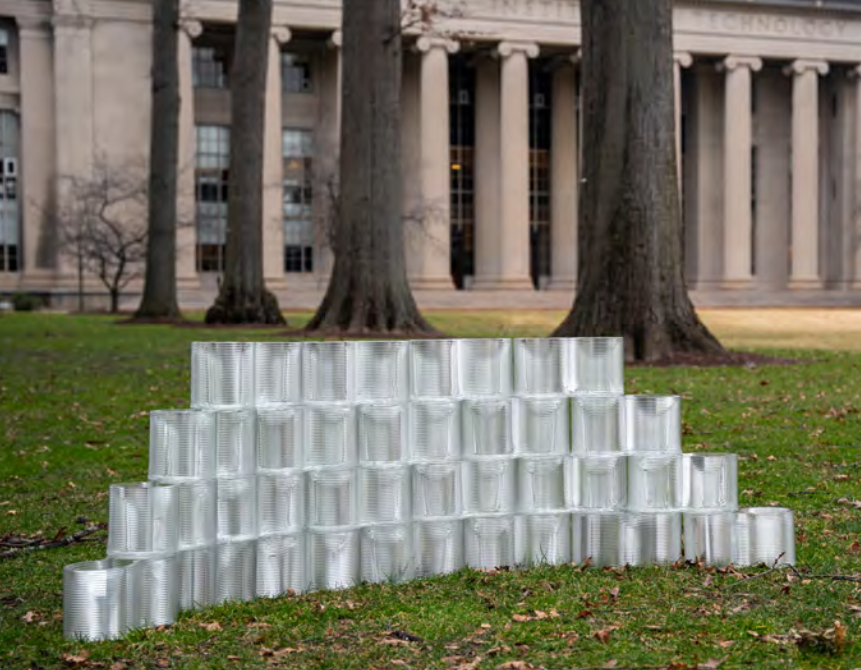Additive Manufacturing of Interlocking Glass Masonry Units

Abstract
In comparison to traditional glass casting, glass additive manufacturing (AM) presents an opportunity to increase design flexibility and reduce tooling costs for the production of highly variable geometries. While the latter has been extensively explored for masonry units, there is minimal research on the former for its viability to produce structural building components. This paper encompasses design, manufacturing, and experimental testing to assess the feasibility of using glass AM to produce interlocking masonry units for the construction industry. The glass 3D printer employed in this study is capable of printing a maximum volume of 32.5 x 32.5 x 38 cm - suitable for producing full-size masonry units. As part of this work, we discuss how to adapt design guidelines for glass AM to produce interlocking units. To evaluate fabrication ease and structural performance, three fabrication methods, Fully Hollow, Print-Cast, and Fully Printed, are compared. To compare the accuracy, repeatability, and structural capacity of each masonry unit, geometric analysis, surface roughness, and mechanical testing is conducted. Results varied by fabrication method, with average strength ranging from 3.64-42.3 MPa for initial fracture and 64.0-118 MPa for ultimate strength. Accuracy in print dimensions were < 1 mm with a standard deviation of 0.14-1.6 mm. Results demonstrated that Fully Hollow masonry units provide a more immediate path to implementation, while Fully Printed units have the potential to provide an entirely glass, transparent, and circular building component fabrication method.
Published
Issue
Section
Additive Manufacturing
License
Copyright (c) 2024 Daniel Massimino, Ethan Townsend, Charlotte Folinus, Michael Stern, Kaitlyn Becker

This work is licensed under a Creative Commons Attribution 4.0 International License.



